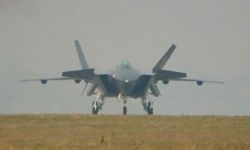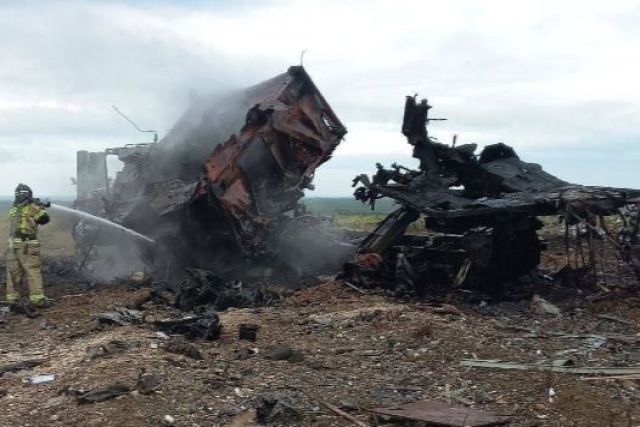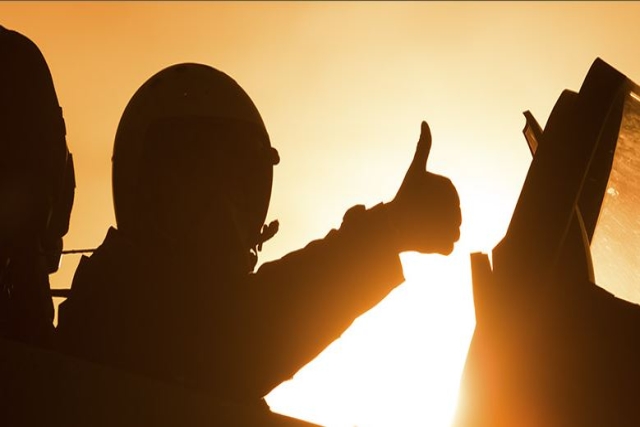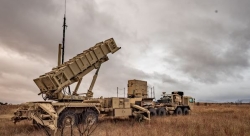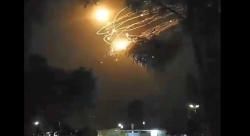Pentagon To Extend Range Of THAAD Missile Interceptors
The Pentagon is planning to upgrade one of its missile interceptors' range designed to shoot down weapons launched by North Korea and Iran, so that it could target super fast Russian and Chinese missiles of the future.
Lockheed Martin has been working on modifications to its Terminal High Altitude Area Defense interceptors, known as THAAD.
The upgrade would allow the interceptor to launch earlier giving it more time to take out an enemy missile.
“We see a growing interest from the [Missile Defense Agency] in this capability,” Doug Graham, vice president of advanced programs for Lockheed’s strategic and missile defense systems, was quoted as saying by Defense One.
“We’re working them to try to define what specifically that system would look like” Graham added.
Unlike the current THAAD interceptor, which uses a single-stage rocket, the longer-range version would have two stages, similar to rockets that launch satellites into orbit.
The first rocket would launch the interceptor to a high altitude in or above the Earth’s atmosphere while a second “kick stage” would propel the rocket toward the enemy missile.
“The first stage gets you out longer and higher against modern threats and the kick stage is responsible for narrowing the distance between the target and the interceptor so you could turn over to the kill vehicle,” Mike Trotsky, vice president of Lockheed’s air and missile defense business development, was quoted as saying.
THAAD is designed to intercept an enemy missile as it re-enters the Earth’s atmosphere.
“By going to the [THAAD extended range] version, where you have a bigger booster and a kick stage, you can launch much earlier and you can attack that threat before he might try to do some evasive maneuvers,” Trotsky said.
Lockheed has invested more than $30 million over the past six years on engineering design and demonstration work for the extended range THAAD, Graham said.
“I think what you’ll see from [the Missile Defense Agency] is an acceleration of that engineering work in the next few years because of the kinds of threats that we’re seeing being developed by our adversaries,” Trotsky said.
That threat includes hypersonic missiles traveling at more than five times the speed of sound in the high altitudes of the Earth’s atmosphere.
Lockheed engineers have been “studying seriously” the hypersonic threat over the last 12 to 18 months, Trotsky said.
“We’re definitely seeing adversaries developing and demonstrating capabilities that they believe can help to reduce the effectiveness of our systems,” Graham said..
THADD can already intercept missiles inside and out of Earth’s atmosphere, but an extended range version would improve that capability, according to the report.
The US Army has been using THAAD to defend Guam against possible North Korea medium and intermediate-range ballistic missiles.
The Pentagon has bought six THAAD batteries from Lockheed. Work will begin on a seventh this year and there have been talks about an eighth and ninth for the Pentagon, Trotsky said.
Four batteries are active and the fifth will be activated this year, Trotsky added.

